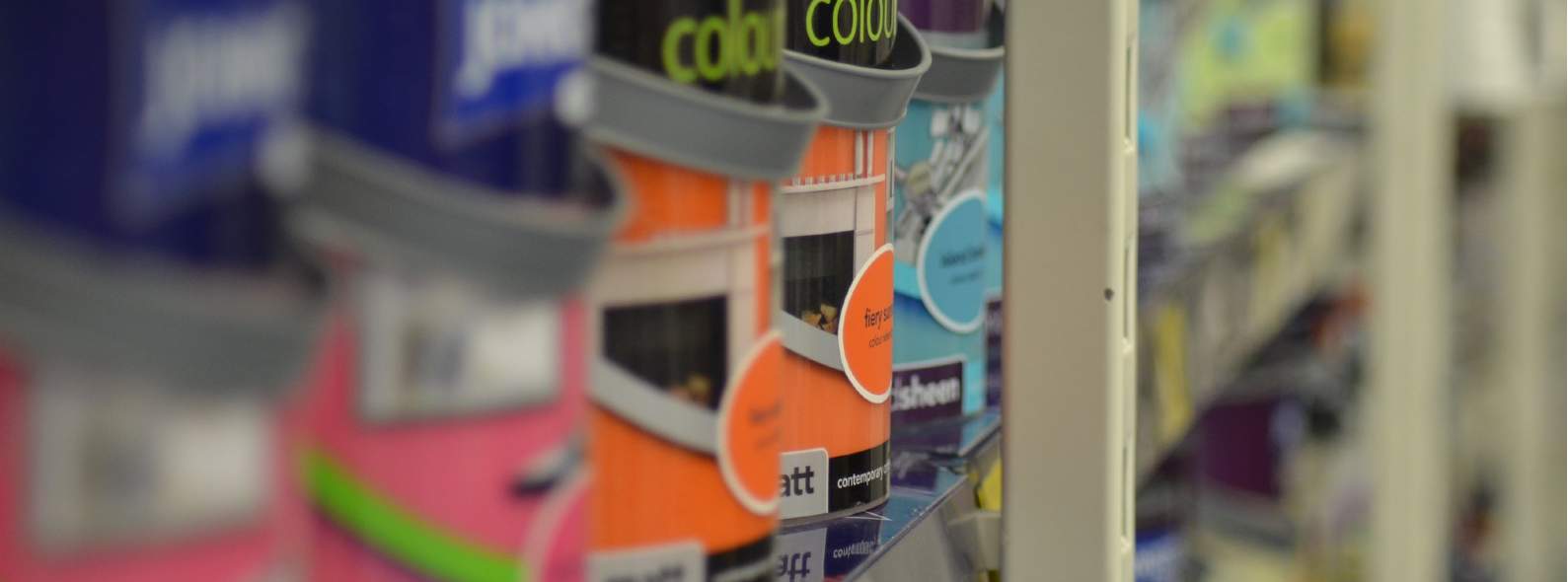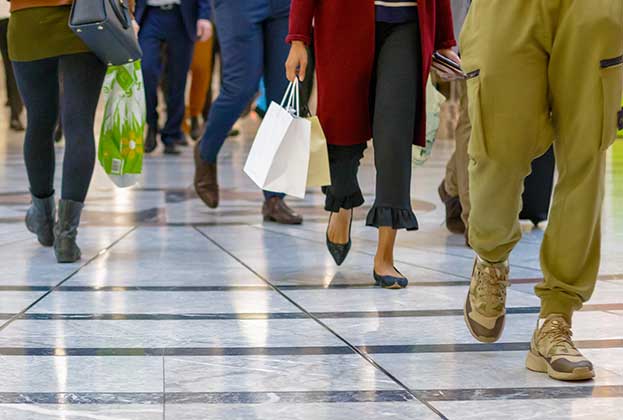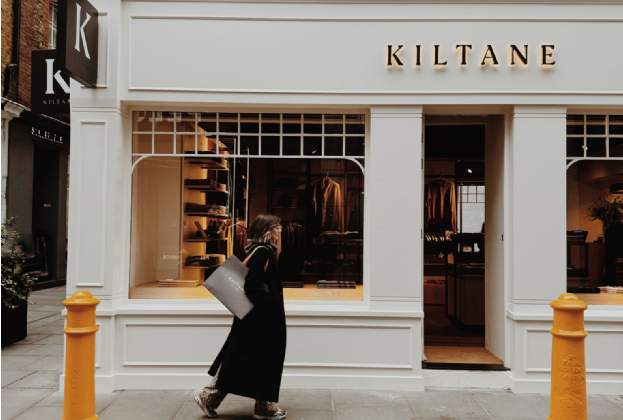Not so long ago the retail park seemed like the shopping format the future left behind. Too far from anywhere, too reliant on the car and, with only a few stores on site, many were too limited to feel much like a shopping destination. But the pandemic changed many things, and retail parks are no exception.
Shopping habits in the last 18 months have evolved in a direction few could have anticipated. Lockdowns across Europe generated new hobbies and leisure pursuits. DIY, gardening and home gyms have underpinned sales for typical retail park occupiers: food stores, furniture, homeware and sports shops. Thus footfall and sales declined less severely at retail parks during the pandemic than they did at shopping centres and high street shops.
The data says it all. UK retail parks only saw a 0.4 per cent decrease in footfall over the course of October 2021 compared to pre-pandemic levels, according to the British Retail Consortium. Shopping centres meanwhile registered a -33.6 per cent fall and high streets a -18.3 per cent decrease.
It is little wonder, then, that investment into these assets, rose 46 per cent year on year in the third quarter of 2021. Between the first and third quarter of this year volume was up by 29 per cent year on year, according to Savills data.
European retail park and shopping centre yields have now fully converged – a historical first. The average retail park yield now stands at 5.43 per cent, on par with shopping centre yields.
Investors looking for retail are highly focussed on formats driven by value, convenience and frequent visits and which have capacity to service e-commerce functions. Their position in open-air, large scale formats that are easily accessible by car has now flipped from a negative to a positive.
It can be argued that the easing of lockdowns could shift consumer habits again, but retail parks possess a long-term potential in terms of fulfilling online consumer demand. Big box stores in the UK and US already operate as in-store micro-fulfilment centres for online deliveries, a common trend in the food and grocery sector due to the quick access needed around temperature-controlled products.
But other retailers are recognising the importance of their out-of-town store networks. For Kingfisher in the UK, growing online sales is a strategic priority, with investment in the channel allowing it to respond to changing consumer behaviour.
Online sales rose 158 per cent during Kingfisher’s 2020/21 financial year, driven by strong growth in click-and collect sales (+226 per cent) which now account for 78 per cent of group online sales and requires its network of stores for fulfilment, offering the added bonus of driving additional sales to the store at the point it is collected.
As a consequence of all these factors, rental values are stable. Average prime achievable rents at retail parks (across Europe) stand at €17.5 per sq m per month.
Retail park assets, it appears, have a firm place in the sector’s future.
Further information
Retail research report LINK TO COME

.jpg)







.jpg)
